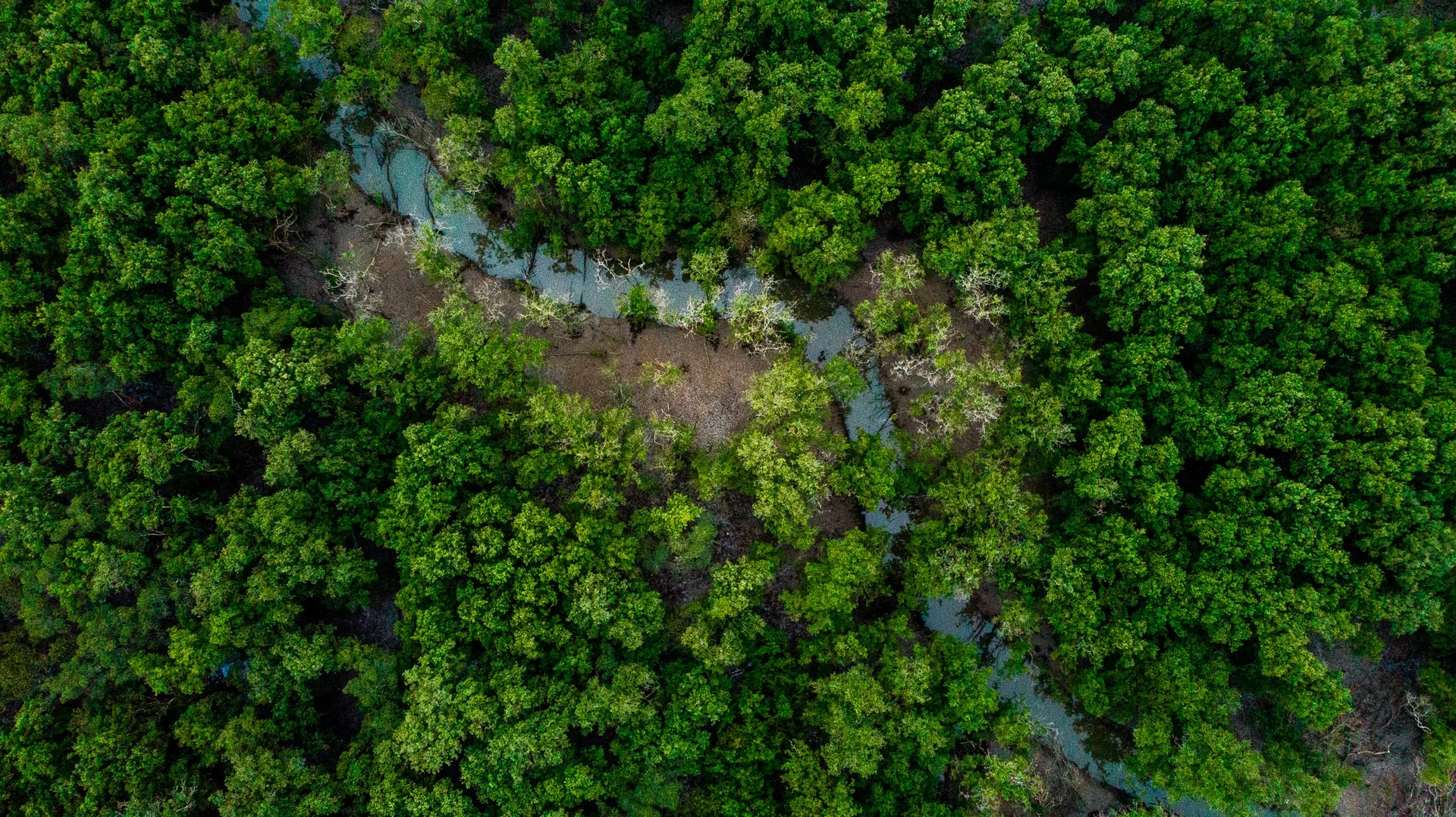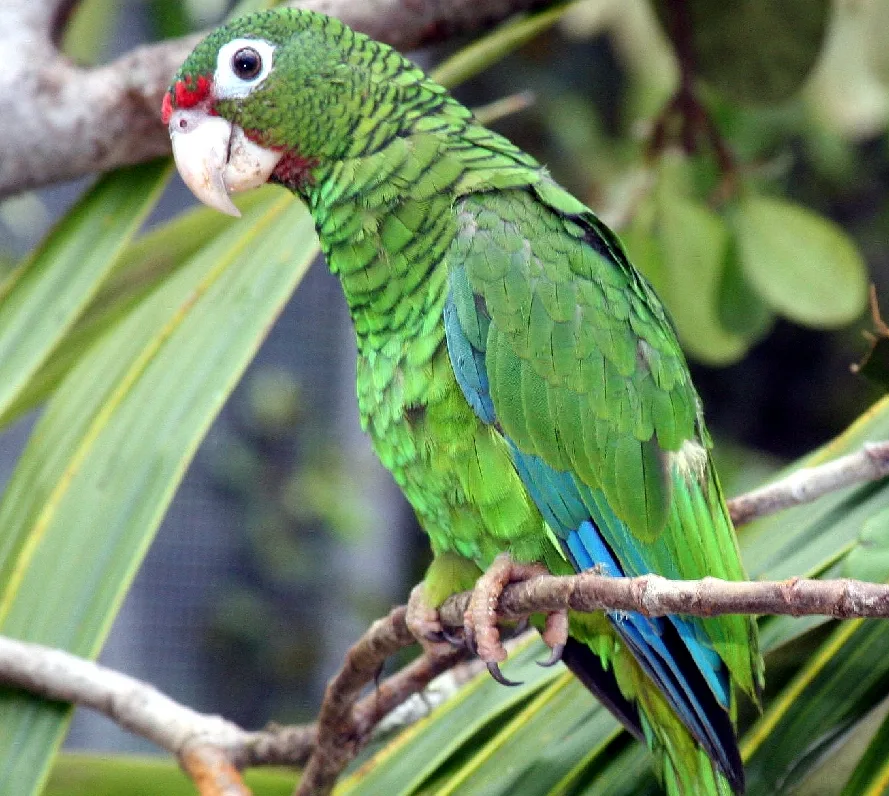
Conservation has saved at least 28 species from going extinct: Report
Researchers believe extinction rates would have been 3 to 4 times greater had action not been taken.
Conservation efforts have prevented the global extinction of at least 28 bird and mammal species since 1993, according to a new study.
The international team of researchers found that between 21 and 32 bird and between 7 and 16 mammal species are alive today, thanks to efforts like invasive species control, protective laws, and habitat conservation.
Researchers believe extinction rates would have been 3 to 4 times greater had action not been taken.
SMALL PARROT SAVED FROM EXTINCTION
One bird species included in the study is the Amazona vittata, a small parrot that lives in Puerto Rico. At its lowest population point in 1975, only 13 remained in the wild.
In 2006, the parrot was re-introduced to the wild. Then, in 2017, a series of hurricanes hit the area, wiping out the entire original population and leaving behind only the re-introduced birds. Without the re-introduction effort, the 2017 Atlantic hurricane season would have rendered the species extinct.

The Amazona vittata. Courtesy: Wikipedia
Other species mentioned in the study only exist in captivity, but there is hope some can be re-introduced into the wild.
"It is encouraging that some of the species we studied have recovered very well," Dr. Rike Bolam from Newcastle University, lead author of the study, said in a statement
"Our analyses therefore provide a strikingly positive message that conservation has substantially reduced extinction rates for birds and mammals. While extinctions have also occurred over the same time period, our work shows that it is possible to prevent extinctions."
MANY OF THE WORLD'S SPECIES IN DECLINE
The study comes not long after the World Wildlife Foundation (WWF) published a series of reports that paint a dire picture for the future of biodiversity.
It found that between 1970 and 2016, mammal, fish, bird, reptile, and amphibian species declined an average of 68 per cent. Latin American and Caribbean populations have seen the sharpest drop, with an average decline of 94 per cent, as well as freshwater species worldwide, which has shrunk by 84 per cent.
And a separate report focusing exclusively on Canada found a rapid decline of some of the nation's species.
"Wildlife declines are happening here too," James Snider, WWF-Canada's Vice President of Science, Knowledge, and Innovation told The Weather Network in an email.
"Species of global conservation concern – those at risk of global extinction – declined in Canada by an average 42 per cent in that same period."
At-risk species in Canada include the leatherback sea turtle and wood turtle, the collared pika, Atlantic walrus, burrowing owl, and the North Atlantic right whale.
Thumbnail image courtesy of Unsplash.











